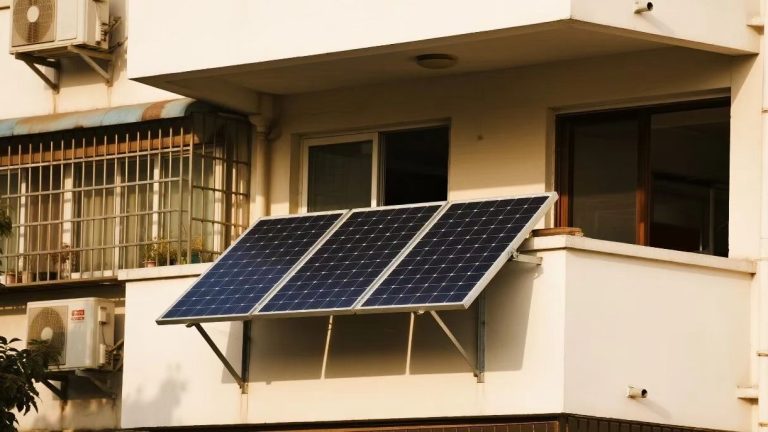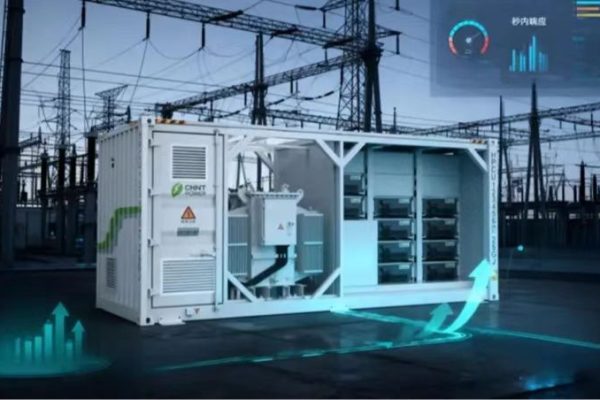The Core of Buyer Evaluation
When international buyers assess energy storage systems (ESS), they compare dozens of parameters—capacity, voltage, certifications, and warranty terms. Yet one metric consistently stands out: cycle life. Cycle life determines how many times a battery can be charged and discharged before its capacity falls below a usable threshold, typically 80%. For buyers, cycle life is not just a technical detail—it is a decisive factor in evaluating investment value.
1. Cycle Life and Total Cost of Ownership (TCO)
- Direct ROI Impact: A battery with 6,000 cycles may last twice as long as one with 3,000 cycles, lowering replacement costs.
- Project Economics: Longer cycle life extends payback periods and improves net returns.
- Competitive Edge: Buyers prefer suppliers who can prove reliable long-term performance.
Example: A residential ESS with 6,000 cycles at one cycle per day equals ~16 years of operation, far beyond typical warranty coverage.
2. Alignment with Warranty Expectations
- Buyers in Europe and the US increasingly demand 10-year warranties.
- A higher cycle life rating gives exporters the confidence to back such warranties.
- Buyers view cycle life as a measure of warranty credibility.
3. Risk Reduction for Buyers
- Performance Assurance: Higher cycle life reduces uncertainty about long-term efficiency.
- Bankability in Projects: Lenders and investors often require proof of cycle life before financing.
- Reduced Downtime: Fewer replacements mean lower operational risks in industrial applications.
4. Regional Buyer Sensitivities
- Europe: Very focused on long-term stability and sustainability → prioritize cycle life data.
- US: ROI-driven buyers look at cycle life as part of investment analysis.
- Middle East & Africa: Off-grid projects value high cycle life to reduce maintenance in remote areas.
- Asia-Pacific: Buyers are price-sensitive but increasingly see cycle life as a differentiator.
5. Communicating Cycle Life Effectively
- Provide lab test results (IEC, UL, or third-party verified).
- Show real-world performance data under different temperature conditions.
- Use comparison charts to highlight advantages over standard products.
- Clarify testing conditions (e.g., 80% DOD, 25°C) to ensure transparency.
6. Balancing Cycle Life with Other Factors
- Buyers also weigh price, warranty years, and usable capacity.
- For many, a balance between cycle life and upfront cost is key.
- Exporters should emphasize value per cycle, not just headline numbers.
Cycle Life as a Decisive Factor
Cycle life is more than a technical parameter—it is the foundation of buyer confidence in ESS exports. By demonstrating high cycle life with credible data, exporters can justify higher prices, support stronger warranties, and build long-term buyer trust. In a competitive market, cycle life is the bridge between technical specifications and financial decision-making.









